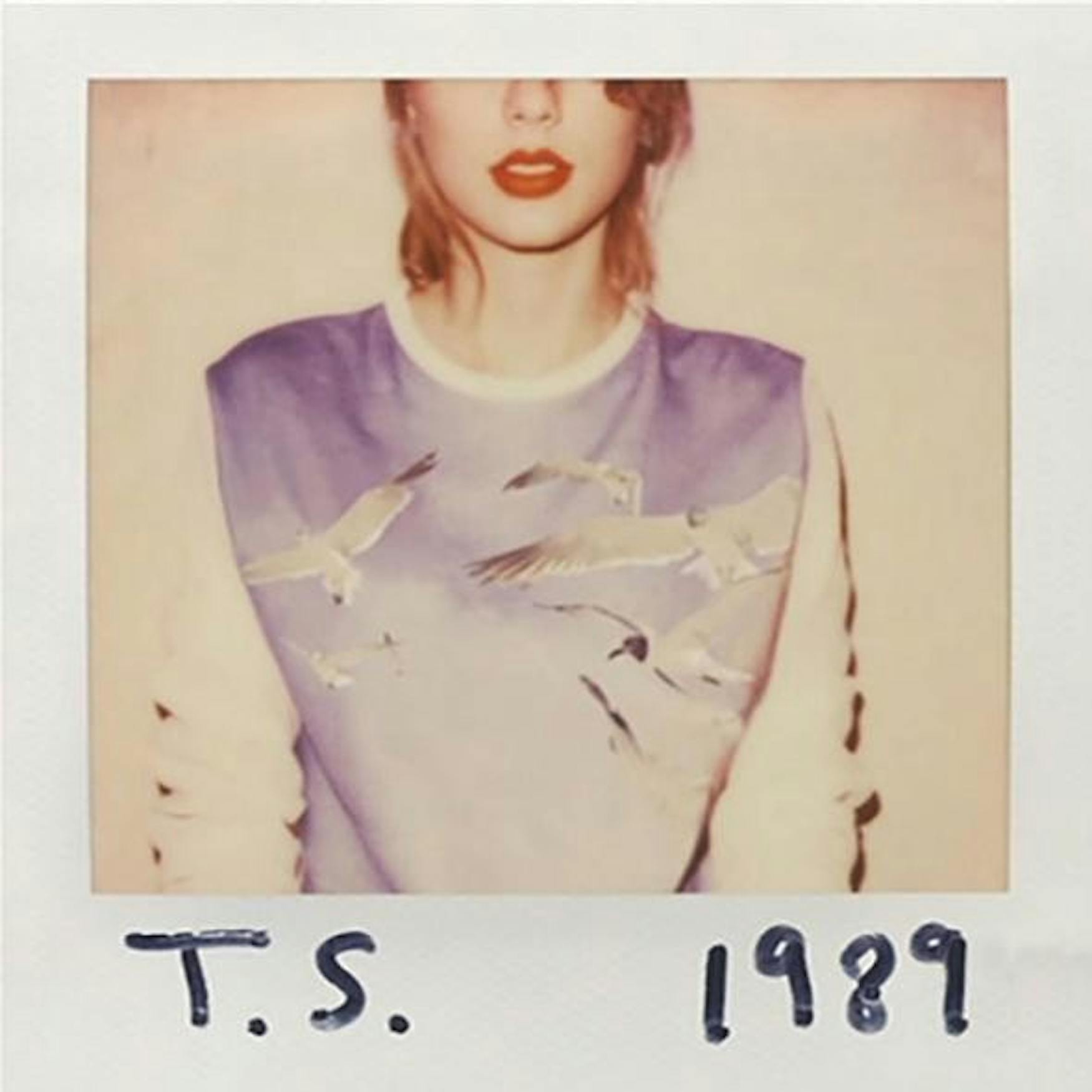Swift’s ‘1989’ bridges her old and new sounds
Starting with the release of her single “Shake It Off” on Aug. 18, Taylor Swift’s latest album release, 1989, landed heavily on the pop music scene. And from the start, we see that this isn’t the same singer who only needed her voice and a guitar to capture the hearts of teenage girls everywhere. Instead, 1989 is a strange hybrid of Swift’s voice and synthetic tones and drums.
The album opens with “Welcome to New York,” a song that makes me cringe and question whether I opened the right track on iTunes. It may have an upbeat vibe, but I didn’t need to hear those same four words mixed with Swift’s fake, syntheticsounding voice for three minutes and 33 seconds.
The next few songs, like “Blank Space” and “Style,” continue the emotionally empty and highly synthetic style and are nothing memorable. However, the fourth track, “Out of the Woods” finally indicates that there may be hope for 1989. Produced with Jack Antonoff of the band FUN., the duo creates a musically and lyrically complex track that both reflects Swift’s beginning and her transition to pop star. The upbeat rhythm also doesn’t rely too heavily on synthetics like other songs, as Swift asks, “Are we out of the woods yet?” To me, Swift’s music needs both the emotional connection and catchy sound and “Out of the Woods” delivers both. However, the next track, “All You Had to Do Was Stay,” quickly departs from this style. Its piercing and unpleasant echoes of “Stay” are caustic and slightly nauseating, not to mention the lack of any really substance.
The next track, “Shake It Off,” already speaks for itself—from Swift’s hilarious dance music video to the addicting and repetitive lyrics. Surprisingly, “Shake It Off” is very different than the rest of the music, much more upbeat and anthem-like than other songs. As the first single off the album, the song anticipated that this album would be a true pop album and different than her past work.
Reaching the second half of the album, the songs start to improve overall. “Bad Blood,” a very upbeat track on a damaged relationship, and “Wildest Dreams,” a slower and more emotional track, reflect the two sides of the album—energetic pop anthems and deeper, more substantial songs. “Wildest Dreams” with its dark tone, produces a feeling of longing as Swift sings, “Say you’ll remember me in a nice dress staring at the sunset…say you’ll see me again even if it’s just in your wildest dream.” The themes of lost love and not wanting to be forgotten are relatable but the song leaves a haunting and emotional effect on the listener. It’s classic Swift with a touch of her new style.
However, the highlight of 1989 arrives with the last three tracks: “Wonderland,” “You R in Love” and “New Romance.” With the right mixture of powerful lyrics and delicate sounding moments followed by faster-paced, electric-induced moments, “Wonderland” is an album stand out. Swift sings about what she does best—lost love and mistakes—saying, “We found wonderland. You and I got lost in it. We pretended it could last forever.”
Despite it’s strange name, “You R in Love” is a romantic and beautiful track and shows the happy side of a relationship instead of being scorned or jaded. With Swift, being unable to trust in relationships always holds a prominent place in her music, but here she sings, “You keep his shirt. He keeps his word. For once you let go of your fears.” A beautiful song both lyrically and musically, “You R in Love” demonstrates Swift’s mastery of love songs and pop music. “New Romance,” the final track, ends 1989 in a distinctly Swift fashion. Who else can better capture the complexities and challenges of young adulthood and the ensuing confusion, yet excitement? Twenty-somethings will resonate strongly with “New Romance” for its relatable lyrics, such as “Heartbreak is the national anthem. We sing it proudly” and “The best people in life are free.” Here, Swift captures the excitement and unpredictable nature of being young.
Like it or not, Swift is transitioning as an artist, and you can either get on the bandwagon or stick with her older music. Though you’ll find the typical themes of love, betrayal, change and unease, Swift’s sound is completely different and I still don’t know how I feel about that. What I loved about Swift—her ability to effortlessly capture my every teenage emotion—has disappeared behind a cloud of fake vocals and synthetic overlays in many tracks. 1989 does not produce any prolific emotions or realizations, but it is entertaining enough to keep Swift on the short list of major pop artists. However, Swift redeems herself with the tracks that retain more depth and emotion.




Please note All comments are eligible for publication in The Justice.